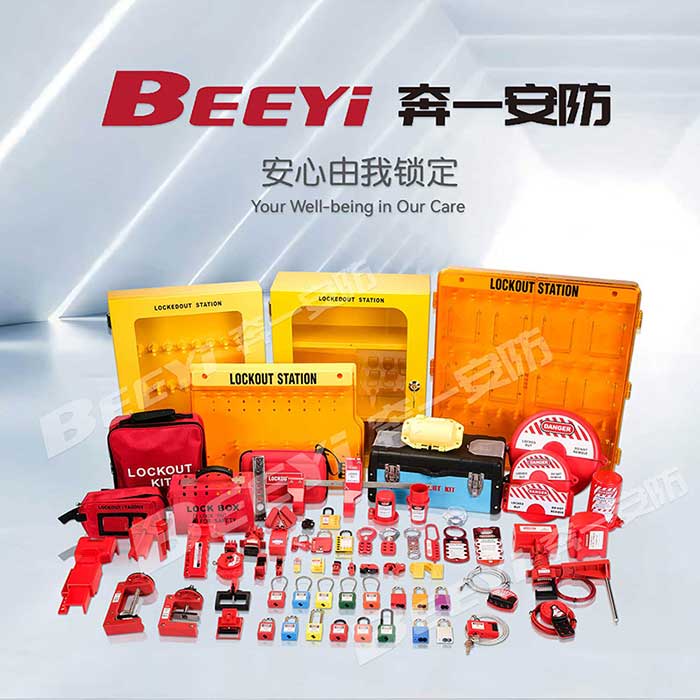pneumatic lockouts application: ensuring workplace safety in pneumatic systems
Release time:2025-11-12 22:00:01
Pneumatic systems, which use compressed air to power machinery and tools, are essential in a wide range of industries, from manufacturing to construction. However, the use of pressurized air can also pose significant safety risks if not properly managed. Accidental activation, uncontrolled air release, or improper maintenance of pneumatic equipment can result in severe injuries or even fatalities. To mitigate these risks, the implementation of safety protocols, including the use of pneumatic lockouts, is crucial.

What Are Pneumatic Lockouts?
Pneumatic lockouts are safety devices designed to isolate and secure the energy source of a pneumatic system—typically the compressed air supply—during maintenance or repair work. These devices are part of the broader Lockout/Tagout (LOTO) procedures that are enforced in many industries to prevent accidental machinery start-up or release of stored energy, which could endanger workers.
Pneumatic lockouts come in various forms, such as valve lockouts, air hose lockouts, and plug lockouts, each designed to prevent air from entering or exiting the pneumatic system during maintenance. These devices ensure that the system remains de-energized until the worker removes the lockout and declares the equipment safe for operation again.

